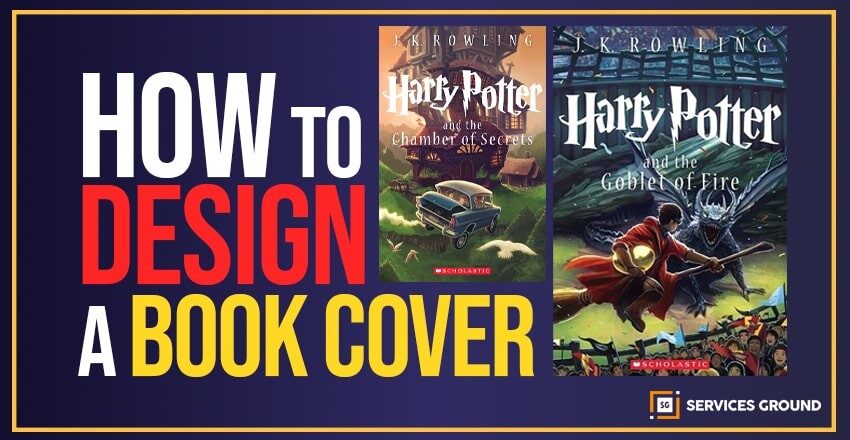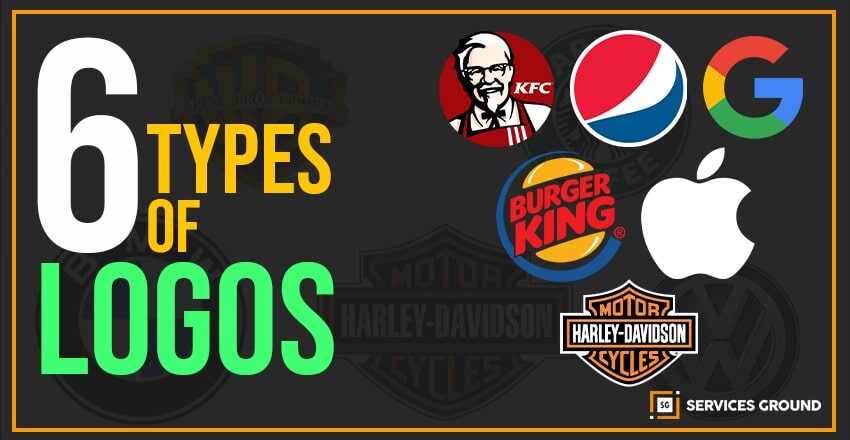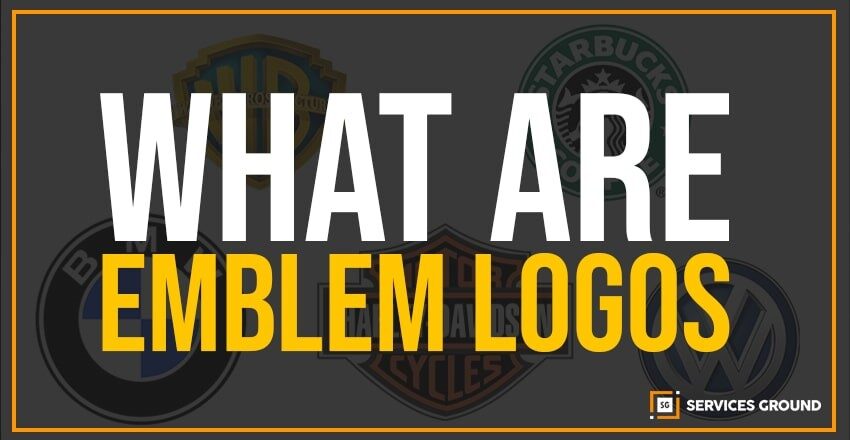A customer at bookstore would impressed by the amount of creative energy appears to design a book cover. Similarly, the author of book overwhelmed as to how her own is going to stand out when it comes to the store.
So, the designer should know that “readers shop with their eyes”. As, at first they look for familiarity but simultaneously yearn for surprise for something that is new and attractive. Some readers want a type of book they can be proud to hold on the subway.
A good amount of books are published each year. A good book design communicates that the pages within are worth a reader’s time and attention.
What You Should Know For Book Cover?
Before starting the design the points you should consider are
Instructions from Author:
You should know about the author who wrote the book. The design process must start according to the instruction of Author. You can check if they have previous books that have already established or get know about the expectation of what a cover should look like
About Genre (Sci-fi, Romance, Horror, etc.)
The books that fall solidly in one genre are Commercial fiction. This could be romance, thrillers, fantasy, horror and science-fiction. These genres normally have the type of cover design that were established decades ago.
With a good cover and titles, the books that are well-written can retain the readability and accessibility of genre. The theme of the book is depends upon its genre and it can draw interest from the largest possible audience
Information to collect
Format
First you should ask client if book cover will be used in print, eBook or both, because print and web use different color spaces. Through this you will be able to choose the color mode.
The formats what you are going to use could be paperback, hardback or casebound. The size of cover is an important format you should know and it’s wise to really think about what’s best for the book before arbitrarily selecting a size. Before selecting the size of cover you should know about the pages of book. The trim size is useable for the less words per page but more pages of book needs to be a good length to not feel flimsy.
Graphics
The less fun but very useful graphic information. You should take author and publishing company logos, as well as barcodes so the book can be sold in stores.
The Book Cover Design Process in 7 Steps
When you’ve gathered all of the information in one place, it’s time to start the design process!
1. Understand the Elements of a Cover
A proper book cover always has three mandatory parts and those are front cover and the back cover, connected by the spine. As a paperback book’s pages are glued together with a paper cover and then cut to size, whereas a hardback book’s pages are sewn or glued into a case made of cardboard.
Its depends on the person who have holded the charge of publishing book to select the quality of book, as there are many premium options available for printing it . He can select thicker paper weights, linen-wrapped hardbacks, foil stamping, varnishing, and embossing or anything else for bringing ease to readers.
2. Choose a Design Direction
It’s very important to consider what will be direction of your design and how it will fit the author’s vision of book. There are many beautiful books in the market but not all designs will work for every book. Consider the instructions from the author or publisher.
You can go to your local bookstore and observe the different paper thicknesses and materials for an idea after knowing the format.
3. Figure out What the Design needs to emphasize
You should consider to use the cover or front of the dust jacket as an extension of the marketing plan for the book. It is the most important element of the story or the thing that makes it unique and that will help a reader select the book.
It is possible that sometimes author considers to write a sequel or plans on building and the title into a series. If it occurs this time then consider how future titles might be linked in design to the first in order to build the author’s brand. Don’t worry mostly authors’ try to bring the book which can stand alone and make an impression among its competitors on a bookshelf.
4. Choose Graphics and Fonts
A good thing about book covers is that there is almost no graphic style that can’t work according to the strategy. The writers mostly have wild imaginations, and it’s the designer’s job to create a cover which can speak all of the wondrous worlds in the book.
A book covers can feature a photographs, illustration, abstract design, cartoonish doodles to stark, modern typography or anything else which deserves a place on cover.
You should consider about the message the author wants sends to a book-buyer’s brain. A photograph of Eiffel Tower shouldn’t be used for a book which brings thrills. The soft typeface are often used in women’s fiction and the sensitivity while vintage photographs imply a historical setting.
The same importance goes for fonts. Try to pick appropriate typefaces for the era according to the book set. Just like a bold sans-serifs might work beautifully for a book set in space 200 years in the future. But it will probably fail entirely for a nonfiction book about the Civil War. So, it is important to use the best and relevant font for the title. You can use simple or regular fonts for further details like if providing a little details about the book or etc.
5. Collect feedback
Well, sometimes a great cover is not actually a great cover for a particular book. With the passage of time more sets of eyes get on the design, the more you’ll be able to evaluate whether a cover is sending the right message to broad swath of people. At first start with your own judgement and then send to the author.
From there the outsiders would be able to see the sample of cover free of context and author can ask them what their assumptions are about the book. They might point out that a design strikes them as good or heartbreaking. Then you would be able to work on and fulfil the requirements of author.
6. Know the Printer needs
The final file for a book cover project will be single flat file. It has all the pertinent graphic and text information for the front and back covers and spine. The printer will also want this as one wide file that they can print. After printing it would crop or fold to fit the final book.
Few printers prefer high-quality PDFs but others take .ai or .eps file to work. All colors must be CMYK mode for printing.
Printers will want the cover file like all the images or elements extending beyond the trim line and leaving no white margin. Every printer requires different files, so while there are specific standards (.125-.25 inch on each side) to provide, it’s best to communicate directly with the printer to make sure your file is set up perfectly.
Even a tiny miscalculation can cause the text to not be printed on the spine and roll onto the front or back cover instead and this will destroy your cover at first.
Now, you’re able to Design a Book Cover (if you know the tools)
Thanks for reading.
If you liked this article and want to read more of these, please subscribe to our newsletter and follow us on Facebook, Youtube, Linkedin, and Twitter.












